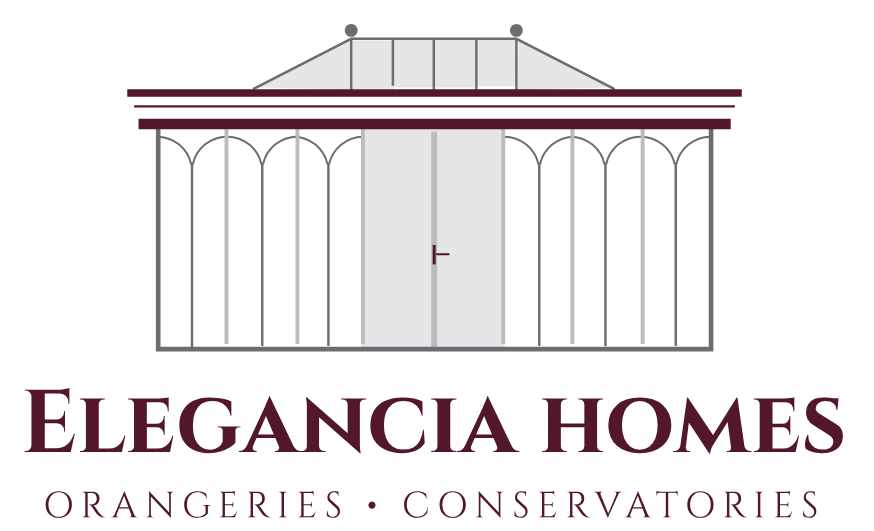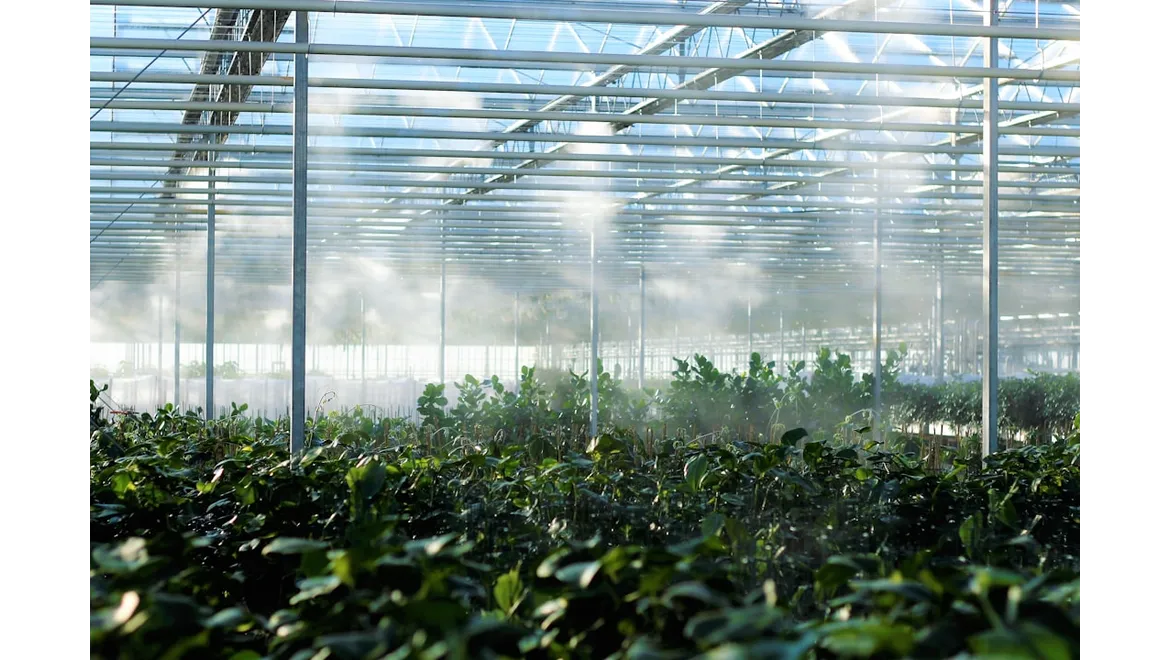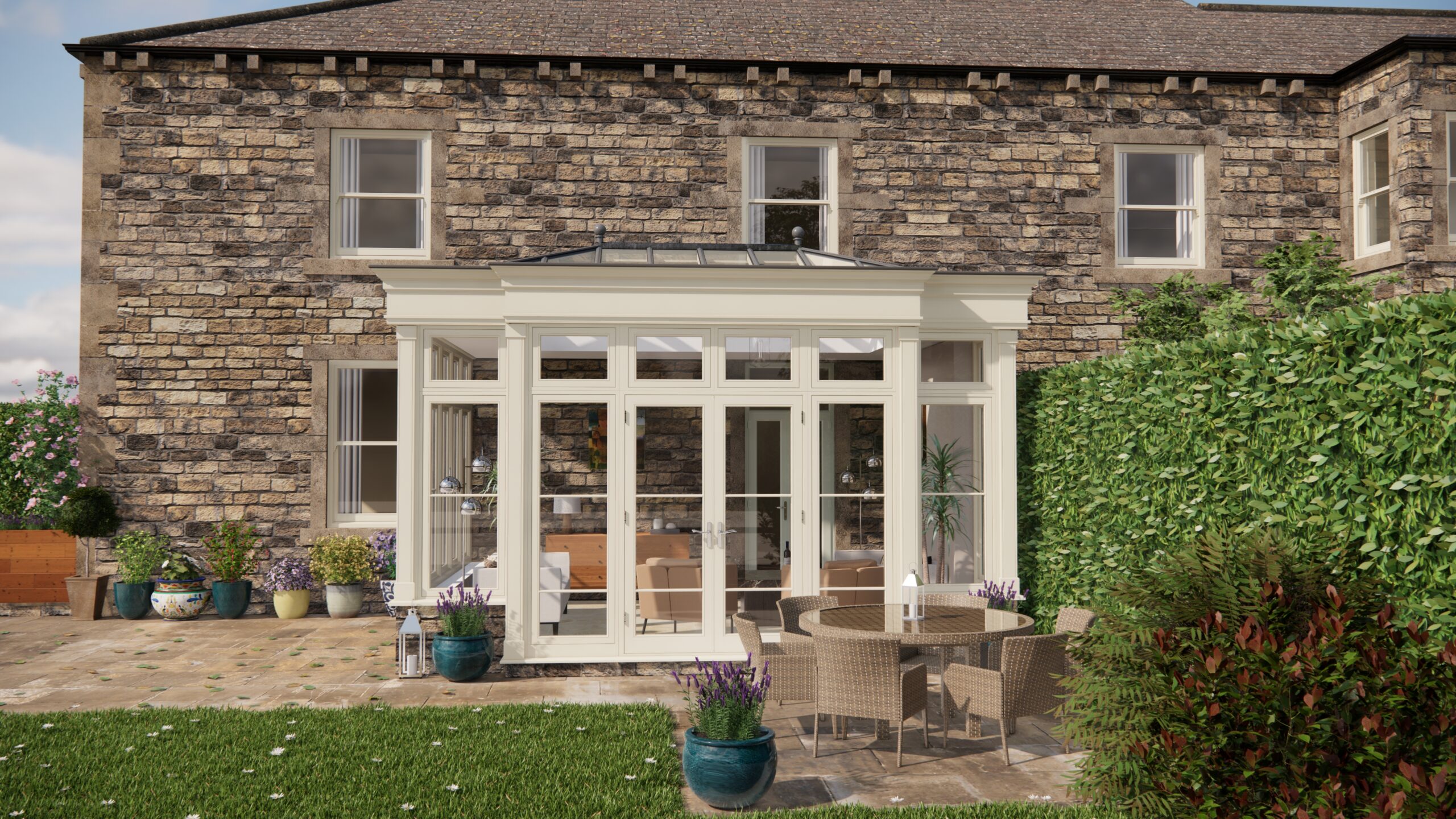Right, let’s talk orangeries. I’ve spent the last few months buried deep in research, interviewing architects and builders, and dissecting case studies to understand what truly makes an orangery not just beautiful, but enduring. My brief? To uncover the secrets behind successful orangery and outbuilding projects, with a particular focus on materials. And believe me, it’s a rabbit hole filled with planning regulations, damp-proofing anxieties, and the constant worry of matching the existing property’s character.
But today, I want to share two specific case studies that dramatically highlight the impact of material choice. These weren’t hypothetical exercises, but real-world projects, each demonstrating a contrasting approach to framing: hardwood versus aluminium. Get ready for a deep dive into aesthetics, durability, maintenance, and, of course, the inevitable financial considerations.
Case Study 1: The Timeless Charm of Hardwood
Our first project was a stunning orangery added to a Grade II listed Georgian manor house in Oxfordshire. The client’s vision was clear: a seamless extension that honoured the building’s heritage. Planning permission was, unsurprisingly, a hurdle. The conservation officer was insistent on sympathetic materials and minimal visual impact. We needed to match the timber windows of the original building.
Hardwood, specifically Accoya, became the obvious choice. Accoya is modified timber which, while being a hardwood and therefore offering that aesthetic, is highly resistant to rot and insect damage. It’s more stable than traditional hardwoods, reducing the likelihood of warping or cracking – crucial for large glazed structures. The orangery was constructed with meticulous detail, the frames hand-painted in a Farrow & Ball shade that perfectly complemented the existing stonework. The result was breathtaking: an orangery that felt like it had always been there.
The pros here are undeniable: unmatched aesthetics, a warmth that aluminium simply can’t replicate, and the ability to seamlessly blend with period properties. We also had a joiner who could repair any minor future damage. However, the cons are equally important. The initial cost was significantly higher than an aluminium alternative. Maintenance is ongoing; re-painting will be needed every 5-7 years. And while Accoya is durable, it’s still wood, susceptible to damage if not properly cared for. Sourcing a competent joiner to work on the project was also a significant factor.
Case Study 2: The Modern Efficiency of Aluminium
Contrast this with a contemporary orangery added to a sleek, modern home in Surrey. The aesthetic here was entirely different: clean lines, large expanses of glass, and a focus on energy efficiency. Hardwood would have felt out of place. Aluminium, powder-coated in a dark grey, offered the perfect solution.
The aluminium frame allowed for slim profiles, maximizing natural light and creating a minimalist look. Double-glazed units with high thermal performance were easily integrated. Furthermore, aluminium is incredibly durable, resistant to rust and corrosion, and requires minimal maintenance – a quick wipe down is usually sufficient. The initial cost was lower than the hardwood project, which was a significant factor for the client.
However, the trade-offs are clear. Aluminium, while durable, can feel cold and impersonal. While powder coating provides a range of colours, it lacks the warmth and character of natural wood. Repairing damage can be more complex, often requiring specialist expertise. And while the slim profiles are visually appealing, they can sometimes feel less substantial than solid timber frames. From a planning permission perspective, this was an easy project. The regulations were minimal, as the property wasn’t listed, and the design was in line with the existing style of the property.
What We Learned
These two projects, poles apart in style and execution, underscore a fundamental principle: material choice is paramount. It’s not simply about aesthetics; it’s about understanding the long-term implications for durability, maintenance, cost, and the overall feel of the space.
When considering an orangery or outbuilding, carefully weigh the pros and cons of each material in relation to your specific needs and the context of your property. Don’t underestimate the importance of planning regulations, especially for listed buildings. Seek expert advice from architects, builders, and conservation officers. By taking a holistic approach, you can create an orangery that is not only beautiful but also a lasting investment.
The key takeaway here, is about considering the big picture and ensuring the materials used are robust, compliant and aesthetically appropriate. A beautiful building is not just about looks – it’s about longevity.


